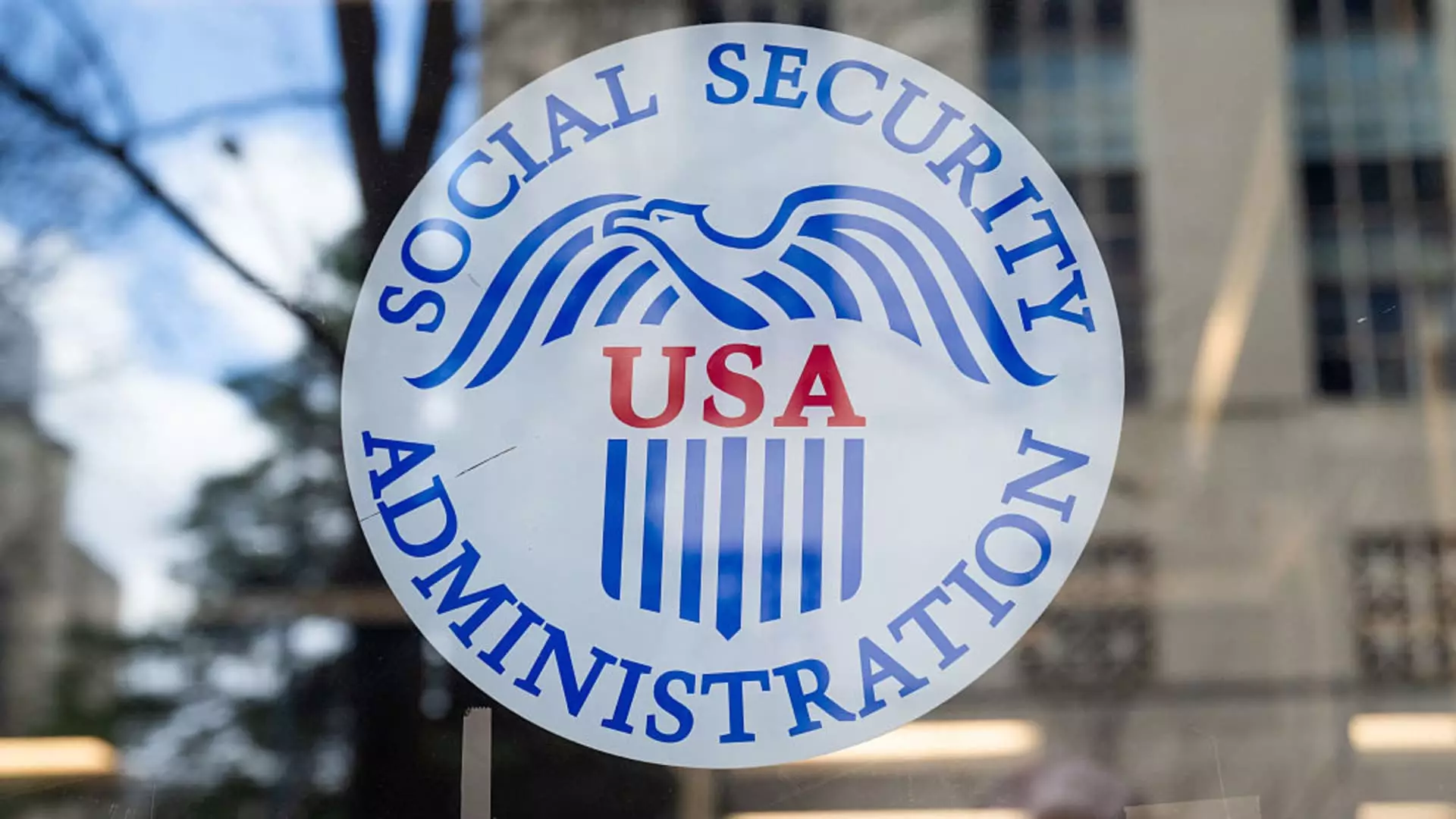The Social Security Administration (SSA) stands at a precarious juncture following the Trump administration’s sweeping regulatory reforms aimed at government efficiency. While the rhetoric for modernization may seem appealing, the impending implications for millions of Americans in need raises alarm bells. The prospect of disrupting vital benefits—especially for the most vulnerable populations—casts doubt on the true intent of these reforms. These changes, framed as efforts to eliminate inefficiencies within the SSA, may do little but jeopardize the access and reliability that beneficiaries have come to depend on.
The Threatening Reality of Workforce Reductions
A key component of the proposed changes under the Department of Government Efficiency (DOGE) involves a drastic reduction of the SSA workforce, with the elimination of approximately 7,000 employees. From a leadership perspective, such moves seem counterintuitive, given the already stretched resources of the agency. Larger layoffs inherently contribute to a reduction in service quality, as remaining staff members are faced with mounting pressures to fulfill increasing demands.
Former SSA officials, including Jason Fichtner, have raised the alarm about the detrimental impact of these cuts. With fewer employees available to process claims and address inquiries, eligible beneficiaries—many of whom are elderly or disabled—will undoubtedly experience hurdles in accessing the services they need. The lack of support could lead to delays and errors that ultimately impact their livelihoods. It’s difficult to reconcile an efficiency-driven agenda with the implications that such workforce cuts will have on actual service delivery. Advocates for these vulnerable populations are rightfully concerned that not only will access to benefits be hampered, but lives could be tragically lost during the agonizing wait for required support.
The Technological Overhaul Under Scrutiny
Transitioning “tens of millions of lines of code” written in an archaic programming language like COBOL within a compressed timeline is nothing short of reckless. While modernization is a justified objective, urgency superseding prudence might lead to catastrophic failures in systems that manage the distribution of benefits. Technological transitions of this magnitude typically unfold over extended periods, involving comprehensive testing phases to pinpoint errors before implementation at a national level.
Fichtner’s concerns resonate with anyone familiar with the complexities of such upgrades in legacy systems. This isn’t just a software tweak; it’s a surgery performed without anesthesia. Such reckless speed is reflective of a government more focused on appearances than on responsible governance. The implications extend far beyond administrative hiccups—it could mean immediate consequences for those relying on timely benefits.
Fraud Prevention: A Misplaced Priority?
As DOGE continues its aim to root out perceived fraud within the SSA, critics argue that this focus is not only misplaced but also detracts from more pressing financial realities. The looming depletion of trust funds necessary for sustaining benefit programs should center the conversation around sustainable reforms rather than reactive administrative efficiency measures. By prioritizing the administrative flaws, the agency risks sidestepping the necessary discussions on fiscal responsibility and structural reform.
Experts like Romina Boccia from the Cato Institute highlight that this tunnel vision may mirror a misguided legislative agenda. While it’s critical to ensure that benefits aren’t exploited, reallocating efforts towards tackling broader financial issues could yield a more meaningful impact on the SSA’s future. This speaks to a larger narrative wherein perceived efficiency measures merely serve as a facade for neglecting urgent issues—sacrificing the needs of the many for the sake of a few.
Looking Forward: The Need for Thoughtful Reform
The projection that Social Security’s combined retirement and disability trust funds may last until 2035—while only paying out 83% of benefits—should serve as a serious wake-up call for policymakers. This forecast is compounded by the potential for new laws to further weaken the projected depletion dates, putting beneficiaries at a greater risk.
With less than 1% of the total program’s budget allocated to administrative costs, resources being redirected here are not a viable path to solving deeper issues. It is crucial to redefine priorities away from superficial cuts and toward genuine, holistic reform strategies that preserve the integrity of the program.
Many political analysts urge vigilance and advocacy, emphasizing that plain rhetoric surrounding efficiency masks underlying failures that could result in serious hardship for millions. It is time to challenge the narrative that simplistically links government reform to efficiency and instead focus on genuine systemic overhaul that is respectful of American lives.

